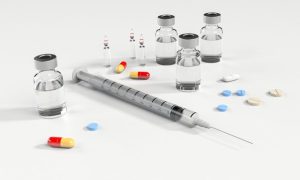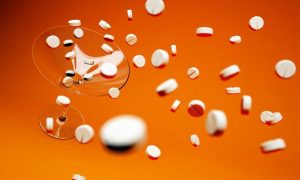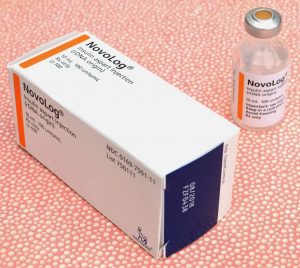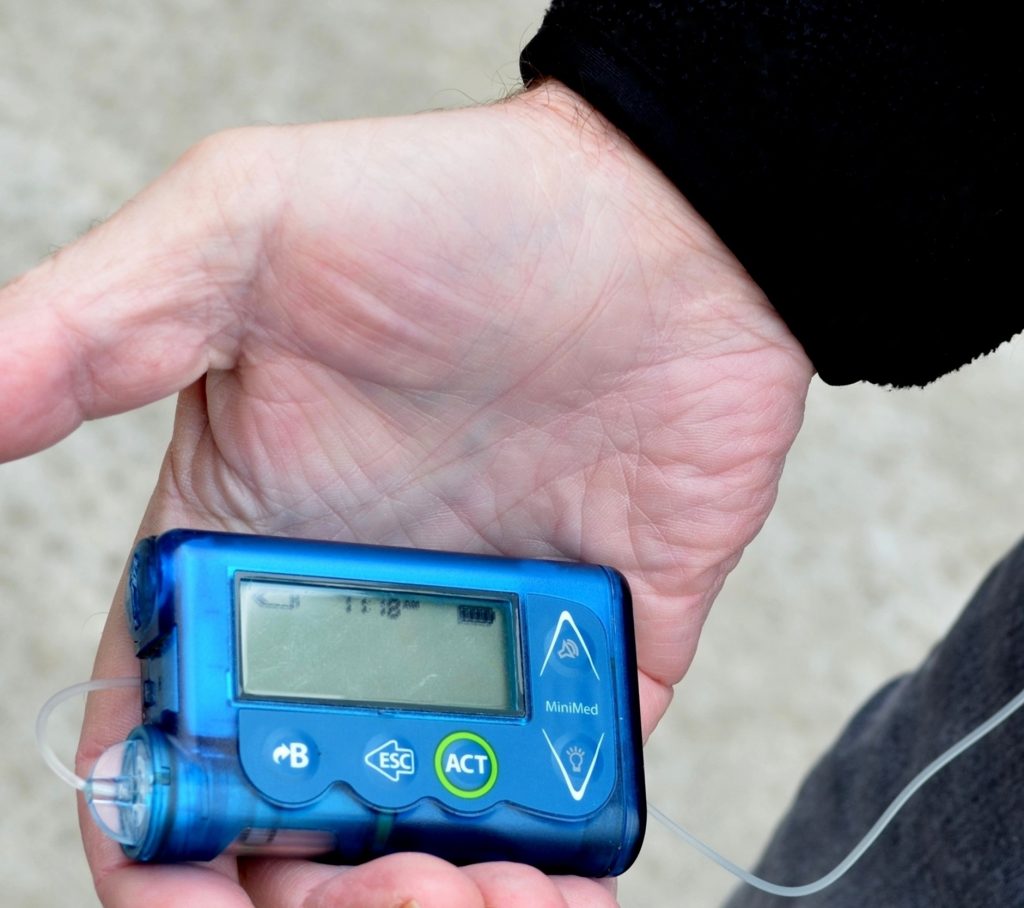
Diabetes is no different from other chronic conditions in that it also requires treatment with medication. Type one (T1D) diabetics have to rely on insulin because their bodies cannot produce this glucose regulating hormone.
Type two (T2D) diabetics often require medications, but they can supplement their traditional drugs with lifestyle changes and autophagy to dramatically improve their condition.
However, understanding what each medication does helps you realize the importance of traditional treatment when it’s necessary. Knowing the side effects can help guide you to consider alternative treatment, if possible.
Type Two Diabetes Medications
Most of the medications you use if you have T2D are oral, but some people also need insulin.
Biguanides
Biguanides are the most common treatment for T2D, and examples are Metformin, Glucophage, and Fortamet.
These drugs decrease the amount of glucose produced by the liver, regulate glucose absorption in the intestines, and increase your sensitivity to insulin.

Biguanides come with potential side effects, such as unintended weight loss, nausea, vomiting, diarrhea, decreased appetite, malaise, and a metallic taste in your mouth. They shouldn’t be used if you have kidney or liver problems.
Dipeptidyl Peptidase-4 (DPP-4) Inhibitors
This drug is prescribed along with dietary and lifestyle changes. It includes brand names like Nesina, Canzano, Tradjenta, and Glyxambi. DPP-4 inhibitors are used to produce more insulin when the pancreas has low insulin production.
The potential side effects of DPP-4 inhibitors are migraines, urinary tract infections, and upper respiratory infections, which developed in five percent of patients in a study at Rutgers University.
Sulphonylureas
Sulphonylureas are often supplemental to other diabetic medications, such as Metformin, and some common names are Glimepiride, Glipizide, Glucotrol, and Micronase. These drugs cause the pancreatic beta cells to release more insulin.
The side effects may include weight gain, allergic skin reactions, sensitivity to light, and hypoglycemia, which is low blood sugar.
Thiazolidinediones
Actos is the brand name of this medication, and it acts to decrease glucose production from the liver while enhancing your overall insulin sensitivity.

According to research published by the University of Ioannina in Greece, thiazolidinediones can cause water retention, weight gain, fluid retention in the eyes, and heart failure.
These are some of the common T2D medications and their side effects. If you are able to make some lifestyle changes, you may be able to avoid these oral medications and the associated side effects.
Type One Diabetes Treatment: Insulin
T1D develops when the pancreas isn’t able to produce insulin anymore. This shortage of insulin needs to be replenished, and insulin treatment does that very thing.
The type of insulin treatment prescribed depends on your levels of depletion, but it will be one of the following:
Short-Acting Insulin Includes:
● Humulin
● Novolin
Short-acting insulin is a highly effective drug that stimulates the cells to absorb glucose. Some side effects include the possibility of hypoglycemia, allergic reactions, and the development of fatty cells under the injection site.
Intermediate-Acting Insulin Includes:
● Humulin N
● Novolin N
This insulin treatment is similar to the short-acting injections, but it’s more convenient. The same side effects may occur, but the advantages of the drug outweigh the cons. You should not use this in pregnancy or if you have chronic kidney disease.
Rapid-Acting Insulin Includes:
● Humalog
● Apidra
● FlexPen
● Fiasp
Rapid-acting insulin treatments carry the same pros and cons as the first two types.
Long-Acting Insulin Includes:
● Lantus
● Tresiba
● Levemir
● Toujeo
The long-acting insulin treatments are highly effective, and the effects can last for 24 hours or more. It carries similar side effects as the previous types but can also cause hypersensitivity.
Combination Insulins Might Include:
● Novolog Mix
● Humalog Mix
● Ryzodeg

The combination insulin treatments are also very effective, and they come with some similar side effects. The specific combination will need to be tailored to the individual patient. If you have kidney or liver problems, you likely should not be using this treatment, but check with your doctor.
Amylinomimetic Injections
Another injectable drug prescribed to people with T1D is called Amylinomimetic, Pramlintide, or SymLinPen, which is injected before meals to help you digest food and keep your glucose levels low by inhibiting its production.
The main disadvantage of using insulin or injectable treatments is that you’ll have to build a tolerance for needles, which can’t be avoided.
Insulin Pumps
Insulin pumps are tiny computer devices that act as an artificial pancreas and pump short-acting insulin consistently. They even regulate different doses as you eat. Pumps are highly effective if you monitor your glucose and ketone levels.
An insulin pump should be used with very close supervision by your physician. Some disadvantages include the risk of infection at the site, pump malfunctions, and ketoacidosis, which is a serious diabetic complication.
However, the insulin pump is one of many biotechnical advancements in T1D.

Final Thoughts
Whether you’re taking oral medication or injections of insulin, diabetes medical treatments have developed to improve glucose management. Close medical supervision is the key to success in treatment.
